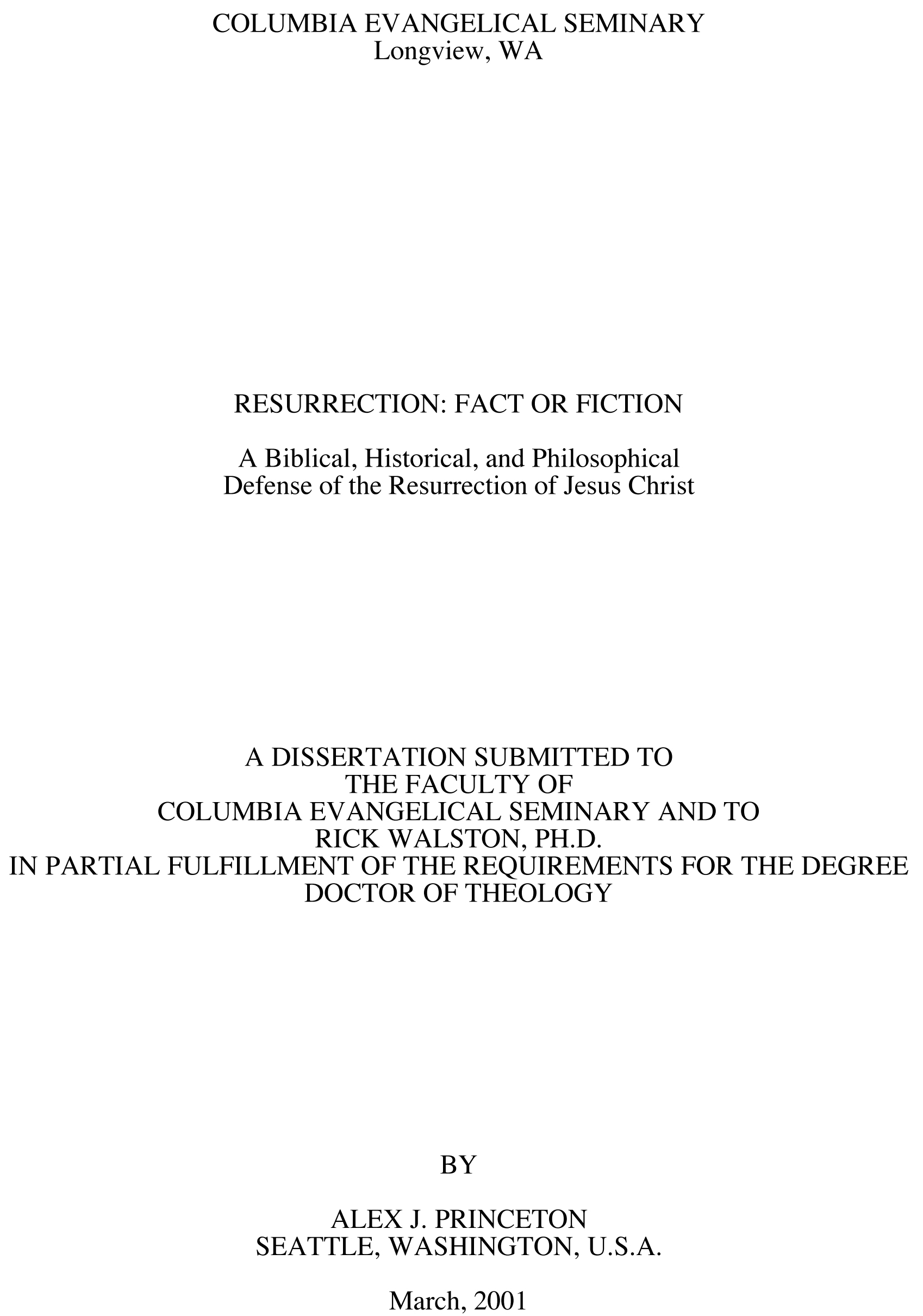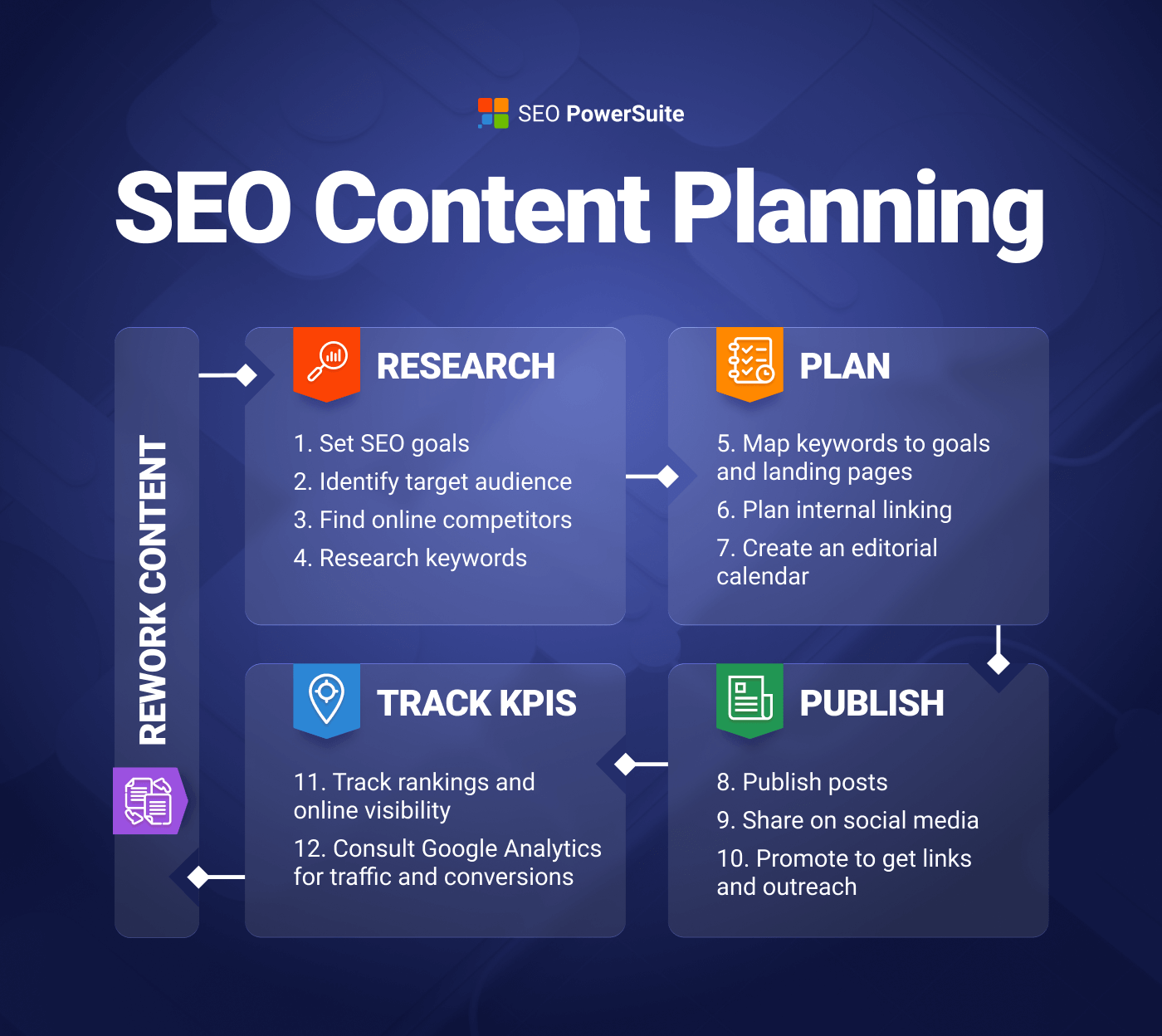How to Find the Best SEO-Friendly Title for Your Content? It's a question that can make or break your content's success. A well-crafted title not only attracts readers but also helps your content rank higher in search engine results pages (SERPs).
Editor's Note: "How to Find the Best SEO-Friendly Title for Your Content" was published on [date]. This topic is important because a great title can make your content more visible to potential readers and improve your SEO ranking.
After analyzing various sources and digging into the topic, we've put together this comprehensive guide to help you find the best SEO-friendly title for your content. Let's dive in!

Research Paper Title Page Writing Help | Outline Example, Research - Source www.professays.com
Key Differences
Before we delve into the details, let's summarize the key differences between a good and an excellent SEO-friendly title:
| Good SEO-Friendly Title | Excellent SEO-Friendly Title |
|---|---|
| Contains relevant keywords | Includes long-tail keywords |
| Is concise and easy to read | Is attention-grabbing and compelling |
| Is unique and stands out | Is optimized for SERP features (e.g., featured snippets) |
Transition to Main Article Topics
FAQ
Selecting an effective title plays a crucial role in optimizing content for search engines and attracting readers. Here are some frequently asked questions to help you craft the best SEO-friendly title for your content:

DigitalPedia - Best Seo Tips and Tricks 2021-22 - Source digitalpediablog.blogspot.com
Question 1: How do I determine the optimal length for my title?
Titles should generally be within 50-60 characters to ensure they are displayed fully in search engine results pages (SERPs).
Question 2: How do I incorporate keywords in my title?
Include relevant keywords that describe the content accurately, but avoid keyword stuffing. Focus on using natural language that aligns with user search queries.
Question 3: What is the best way to make my title catchy?
Utilize captivating and descriptive language that piques the interest of potential readers. Consider employing power words and emotional triggers to enhance its appeal.
Question 4: How do I optimize my title for social media sharing?
Ensure your title is concise and shareable across various social media platforms. Consider the character limits and readability guidelines of different platforms.
Question 5: How do I avoid duplicate titles?
Each piece of content should have a unique and informative title. Avoid duplicating titles, as it can confuse search engines and negatively impact your ranking.
Question 6: How often should I update my title?
Monitor your title's performance over time and make necessary adjustments to optimize its effectiveness. Consider updating the title if you notice low click-through rates or if the content undergoes significant changes.
Crafting an effective SEO-friendly title requires careful consideration of length, keyword usage, and readability. By following these guidelines, you can enhance the visibility and appeal of your content, attracting more readers and achieving your desired SEO goals.
For further insights and tips on optimizing your content, explore the resources provided in the next article section.
Tips
Crafting an effective SEO-friendly title is crucial for boosting the visibility and organic reach of your content. Here are some valuable tips to guide you in creating compelling titles that resonate with search engines and captivate readers:
Tip 1: Align with Keyword Research
Thoroughly research relevant keywords to identify terms that your target audience commonly searches for. Ensure that the title naturally incorporates these keywords, avoiding keyword stuffing, to improve your content's discoverability in search engine results pages (SERPs).
Tip 2: Optimize Title Length
Strive for a title length between 50 and 60 characters, including spaces. This optimal length ensures that search engines can fully display your title in SERPs, increasing its visibility and click-through rate.
Tip 3: Use Clear and Concise Language
Opt for straightforward language that succinctly conveys the main topic of your content. Avoid overly long or complex titles, as they may confuse or deter readers. Focus on creating a title that accurately reflects the value and relevance of your content.
Tip 4: Leverage Emotional Triggers
Incorporate words that evoke positive emotions or create a sense of urgency in your title. This can include using power words, such as "exclusive," "essential," or "now," to pique readers' curiosity and encourage them to engage with your content.
Tip 5: Enhance with Numbers and Statistics
Including specific numbers or statistics in your title can enhance its credibility and appeal. This could involve highlighting the number of tips, steps, or case studies included in your content. By providing quantifiable information, you can build trust and encourage readers to delve into your content.
Tip 6: Use Parentheses and Hyphens Sparingly
While parentheses and hyphens can occasionally enhance clarity, overuse can make your title appear cluttered and overwhelming. Limit their usage to situations where they provide additional context or structure, ensuring that the title remains easy to read and understand.
Tip 7: Optimize for Social Media Sharing
Consider how your title will appear when shared on social media platforms. Keep it concise and intriguing, ensuring that it captures attention and encourages users to click through to your content. Avoid using excessive punctuation or symbols, which may break the title in social media feeds.
Tip 8: Test and Iterate
Once you have crafted a title, monitor its performance and make adjustments as needed. Use analytics tools to track click-through rates, dwell time, and other metrics to identify areas for improvement. Regularly test different title variations to determine what resonates best with your target audience.
By following these tips, you can create SEO-friendly titles that accurately represent the value of your content, attract search traffic, and captivate readers. Remember to experiment and refine your titles over time to maximize their effectiveness.
For more detailed guidance and examples, refer to the comprehensive guide on How To Find The Best SEO-Friendly Title For Your Content.
How To Find The Best SEO-Friendly Title For Your Content
Crafting an SEO-friendly title is crucial for maximizing your content's visibility in search engine results pages (SERPs). By incorporating the following key aspects, you can optimize your title's relevance, appeal, and ultimately, its ranking potential.
- Target Keyword Placement: Position your primary keyword at the beginning or as close to the front of the title as possible.
- Keyword Density: Use your main keyword and related phrases throughout the title, but avoid keyword stuffing.
- Length: Aim for a title between 50-60 characters, ensuring it fits within the optimal pixel width for SERP display.
- Descriptive Value: Provide a concise overview of your content, making it clear and informative to users.
- Emotional Impact: Use power words to evoke curiosity, urgency, or excitement, inciting users to click.
- Unique Value Proposition: Highlight what differentiates your content from competitors, distinguishing it as a valuable resource.
Effective title creation requires a balance of these aspects. Craft titles that are keyword-rich, informative, and persuasive. By considering the part of speech of your keyword and the dimensions explored above, you can create compelling titles that capture attention, boost your visibility, and ultimately drive traffic to your content.

5 Essential Elements In Creating An Effective Content Strategy - Relevance - Source relevance.com
How To Find The Best SEO-Friendly Title For Your Content
Crafting the perfect SEO-friendly title is paramount for content visibility and engagement in today's competitive digital landscape. A compelling title functions as a potent magnet, drawing search engine users and readers alike to your content. Exceptional titles serve as miniature advertisements, effectively highlighting the value and relevance of your content while alluring readers to delve deeper into its depths.

Create an SEO Content Plan to Help Your Business (+ Free Templates) - Source www.link-assistant.com
The significance of an effective SEO-friendly title transcends mere keyword optimization. Its influence extends to brand building, establishing a positive first impression that sets the tone for the reader's subsequent experience with your content. Furthermore, a well-crafted title encourages social media sharing, amplifying your content's reach and fostering wider engagement.
To achieve SEO-friendliness, titles should be concise, informative, and keyword-rich. Utilizing popular search terms and phrases helps search engines understand your content's relevance, thereby enhancing its visibility to potential readers. Additionally, incorporating strong action verbs and numbers can further boost engagement and appeal.
Conclusion
Mastering the art of crafting SEO-friendly titles unlocks a treasure trove of benefits for your content. By adhering to best practices and incorporating these strategies, you can elevate your content's visibility, attract a wider audience, and position your brand as a thought leader in your industry. Remember, a compelling title is the gateway to a successful content marketing campaign, igniting curiosity and compelling readers to embark on a journey of discovery within your content.